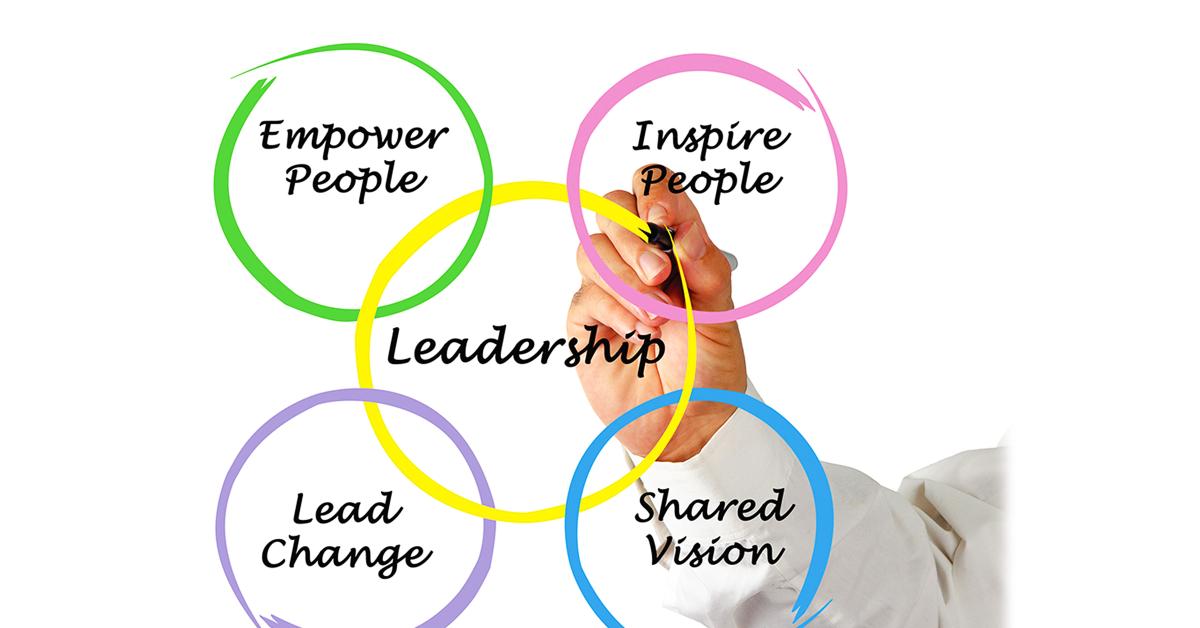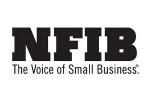CHICAGO — What worked in motivating yesterday’s employees might not move today’s teams. Leaders who don’t understand this might find themselves looking at plunging productivity rates and increased hiring woes.
This was the message of Dirk Beveridge, founder of the strategy firm UnleashWD, during his webinar, “Reimagining Leadership in a Post-Pandemic World.” The webinar was hosted by the University of Innovative Distribution (UID) and made available to Textile Care Allied Trades Association (TCATA) members through partnership with UID.
In Part 1 and Part 2 of this series, we looked at some of the effects that the economic conditions of the past few years have had on the labor market and retaining employees — what Beveridge calls the “Great Redefinition” and the external, internal and people forces that are driving it. Today, we’ll conclude by looking at the different styles of leadership that have come about over the years, and what will motivate and move today’s employees.
Leadership’s Inflection Point
“There are fewer people who want to work the way society has structured work,” Beveridge says, based on his research and interviews. “If that’s not a call to action for you and me to rethink how we lead our teams and organizations — to lead ourselves — going forward, I don’t know what is.”
Beveridge believes that leaders have to redefine what that very term — leadership — means, both to themselves and to their employees.
It is at an inflection point, he believes.
Based on his research, interviews and personal experience, Beveridge offers the four evolutions of leadership: controlling, managing, leading, and noble calling.
Controlling — “Controlling leadership was the way people like me were taught to lead years ago,” he says. “You lead through legislation, through policing and through fear.” Beveridge believes that this is the most outdated and the least effective way to lead today’s employees — a prime example of yesterday’s playbook.
Managing — “Thank goodness ‘controlling’ evolved to ‘managing,’” Beveridge says. “This is where I have my to-do list as a manager. I’ve got processes in place, and we’ve got things working. We’re taking orders, we’re shipping those orders, and we’re billing and collecting for them. So, let’s just manage the status quo. Let’s get the day-to-day work done. Let’s administer what needs to be administrated, and let’s stick to what we know is working.”
Leading — “‘Managing’ then evolved into ‘leading,’” Beveridge says. “For the last two decades or so, we’ve been talking about leadership — really needing to have a vision for the organization and where we’re going to go. The world is changing around us, so just administering the day-to-day isn’t good enough. We’ve got to think about the change that’s going to be required, and the innovation that’s going to be required. We need a new vision for our department, and for my function in my company. Then, we need to develop strategies and create the cultures that are required.”
Nobel Calling — The evolution from “leading” to the next level is something Beveridge says he’s found most often in independent, family-owned businesses and employee-owned companies.
“I’ve identified this fourth pillar as the ‘noble calling,’” he says. “This is where, as leaders, we need to ensure a deeper meaning and a deeper purpose. Our teammates, the people who are working with us, want to know that they’re making a difference — that they’re contributing to the greater good. What’s the purpose behind what we’re doing here? What’s the impact? People don’t want to just be a cog in a wheel. They want to make an impact, that their contributions add to something greater.”
If properly understood and utilized, this facet of desire can improve both the lives of employees and the future of the company, Beveridge believes: “As leaders, you’ve got a platform to unleash what I call the human spirit of these individuals to help them fulfill their potential. It’s exciting!”
The Evolution of Leadership
“Look at that spectrum of leadership,” Beveridge says. “Controlling, when leaders put the company first to produce, produce, produce. If I wear you out, if I burn you out, I can just go get somebody else. You’re a number. I’ll just put another cog in the wheel. That’s how businesses did it in the past. That’s evolved to where people come first.”
Beveridge recounted a meeting in the field with an employee who told him that coming to work at her current place of employment was “the greatest decision in my life.”
That statement made an impression on Beveridge, and when he asked her about it, he found that it was based on her employment history.
“She told me the story about her previous employer,” he says. “The way they treated her with a lack of dignity, and a lack of respect, leading through fear through intimidation, and using her as a vehicle. She finally got the courage to leave there, and she found (her current employer), where the team members are treated with dignity, respect and empathy.”
Leaders who want to not only increase their company’s production and profits, but also want to have employees who remain loyal and stay longer, need to understand this essential change from yesterday’s worker to today’s team member.
This, Beveridge says, requires leaders to take a good look at their company and what they are trying to achieve.
“Vision is defined as a future reality that you really believe is possible with committed effort,” he says. “It falls to us, as leaders, to think hard about that vision.”
For Part 1 of this series, click HERE. For Part 2, click HERE.
Have a question or comment? E-mail our editor Dave Davis at [email protected].






























































































































































